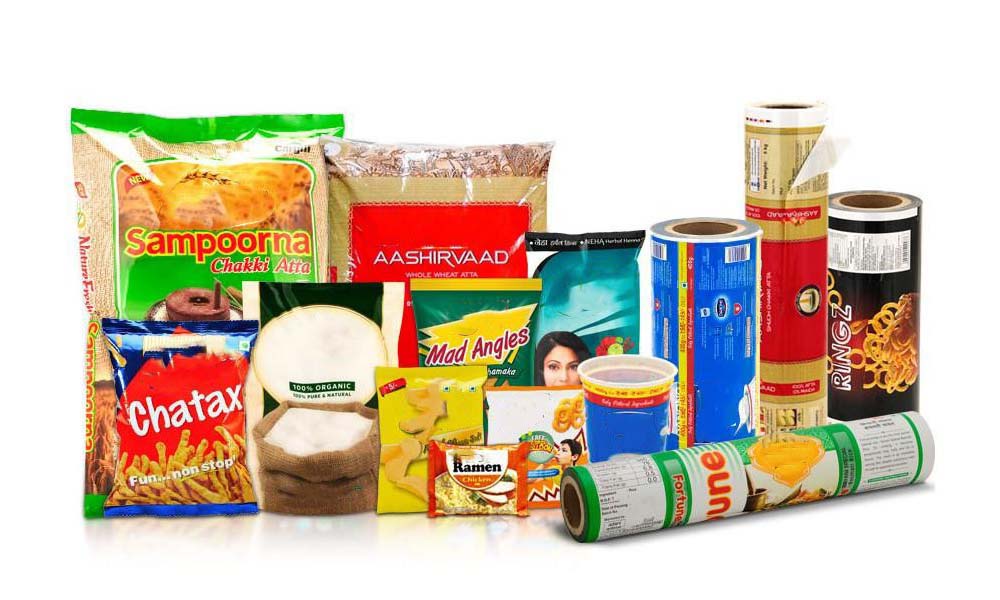Laminating is the process through which two or more flexible packaging webs are joined together using a bonding agent. The substrates making up the webs may consist of films, papers, or aluminum foils. In general terms, an adhesive is applied to the less absorbent substrate web, after which the second web is pressed against it to produce a duplex, or two-layer, laminate.

1. Applications
Web laminating is used to improve the appearance and barrier properties of substrates.
The choice of the most suitable web laminating process is mainly dictated by the end-use of the product. A number of different technologies are available that cover a wide variety of applications in the food and non-food packaging industries, as well as for the manufacture of technical laminates for the solar energy and insulation panel sectors.
Learn more: Blown Film Troubleshooting – How to make Roll look good
2. Laminating types
Laminating types can be classified according to the type of bonding agent used to produce the laminates. These types are:
Wet lamination: where the bonding agent is still in a liquid state when the webs are joined together. It is commonly used to produce a paper-aluminum foil laminate that is widely used in flexible packaging.

Dry lamination: where the bonding agent, dissolved into a liquid (water or a solvent), is applied to one of the webs, before being evaporated in the drying oven. The adhesive coated web is laminated to the other under strong pressure and using heated rollers, which improves the bond strength of the laminate
Solventless lamination: where the adhesives used do not contain solvents. Solventless adhesive generally indicates a specific type of adhesive composed of two components reacting with each other and consequently not requiring drying.
The resulting laminated web is then rewound into a finished roll.
3. Film lamination technology at Amiba packaging
Lamination film is a special product of film lamination technology. A type of packaging that is noticed and interested in many industrial production industries. To meet the market trend, Amiba is applying the most advanced membrane lamination technology today, which is dry lamination and solventless lamination.
Advantages of dry lamination
- High interlayer adhesion
- We can change the glue layer to suit each product line
- During the production process, the film size can be changed easily
- Simple machines, simple production technology, and low waste

Advantages of solventless lamination
- Low production cost
- Reduced noise due to no ductwork
- Do not pollute the environment
- High production speed, running in large quantities
- There is no solvent left in the grafted layer and is therefore suitable for use in food and pharmaceutical packaging

Depending on the intended use of the packaging and the product contained inside, manufacturers will combine different types of materials to obtain a laminated film with improved features, reduced waste disadvantages, and increase the advantages of single material layers to meet customer requirements.
So to be able to choose the right packaging for your product, please call now +84 966 290 555 for the best advice.

 Tiếng Việt
Tiếng Việt 中文 (中国)
中文 (中国)